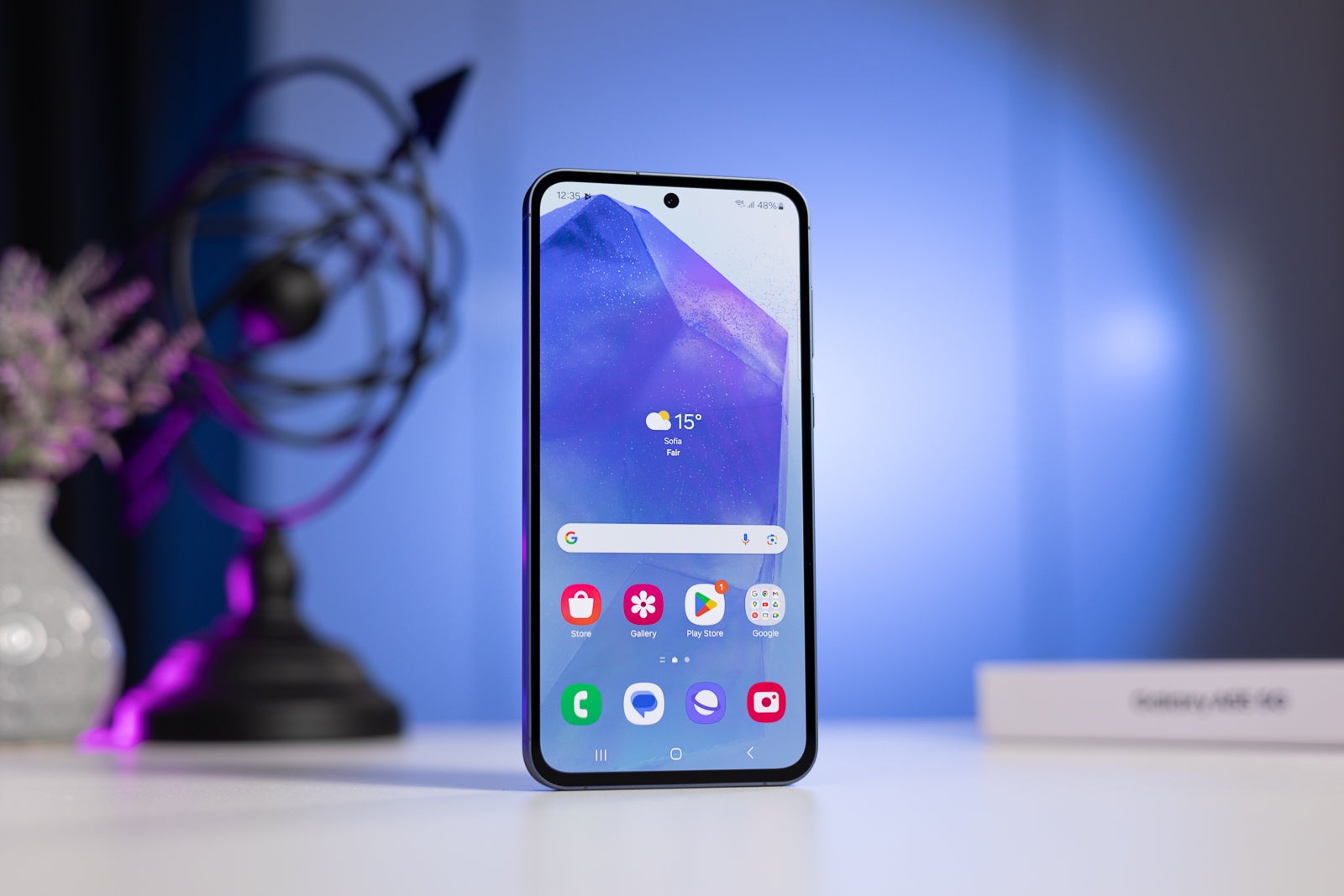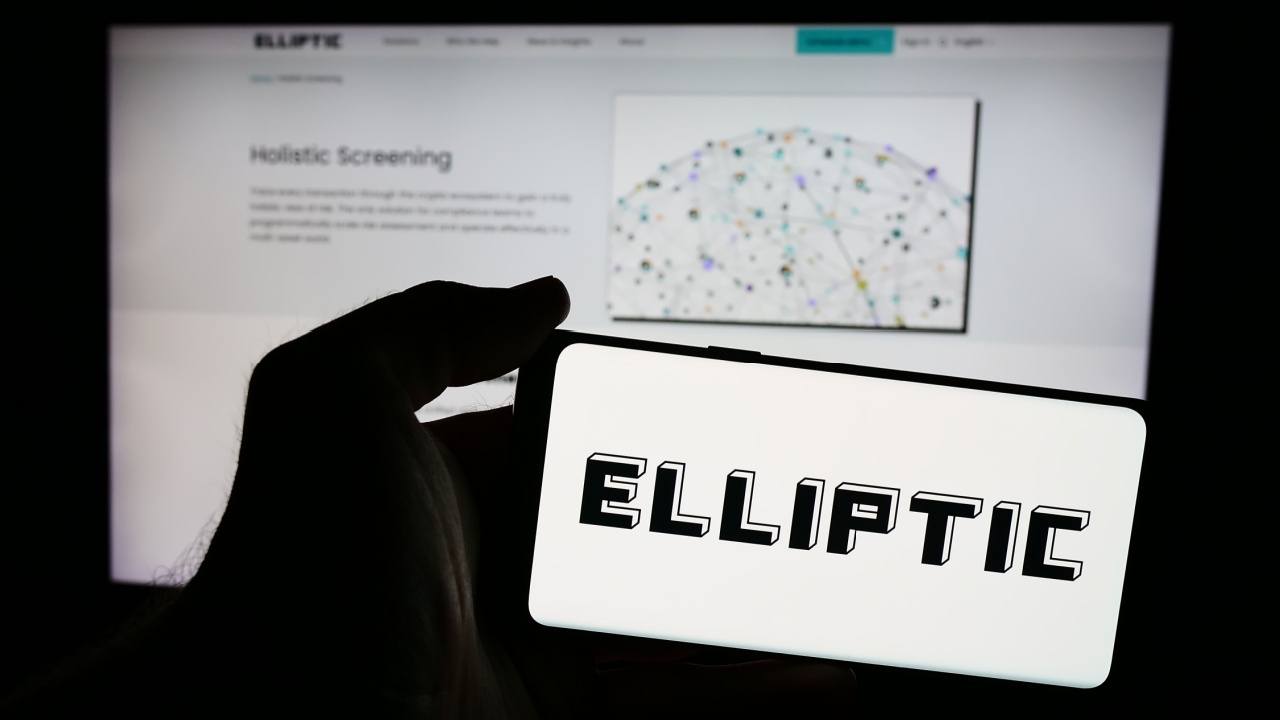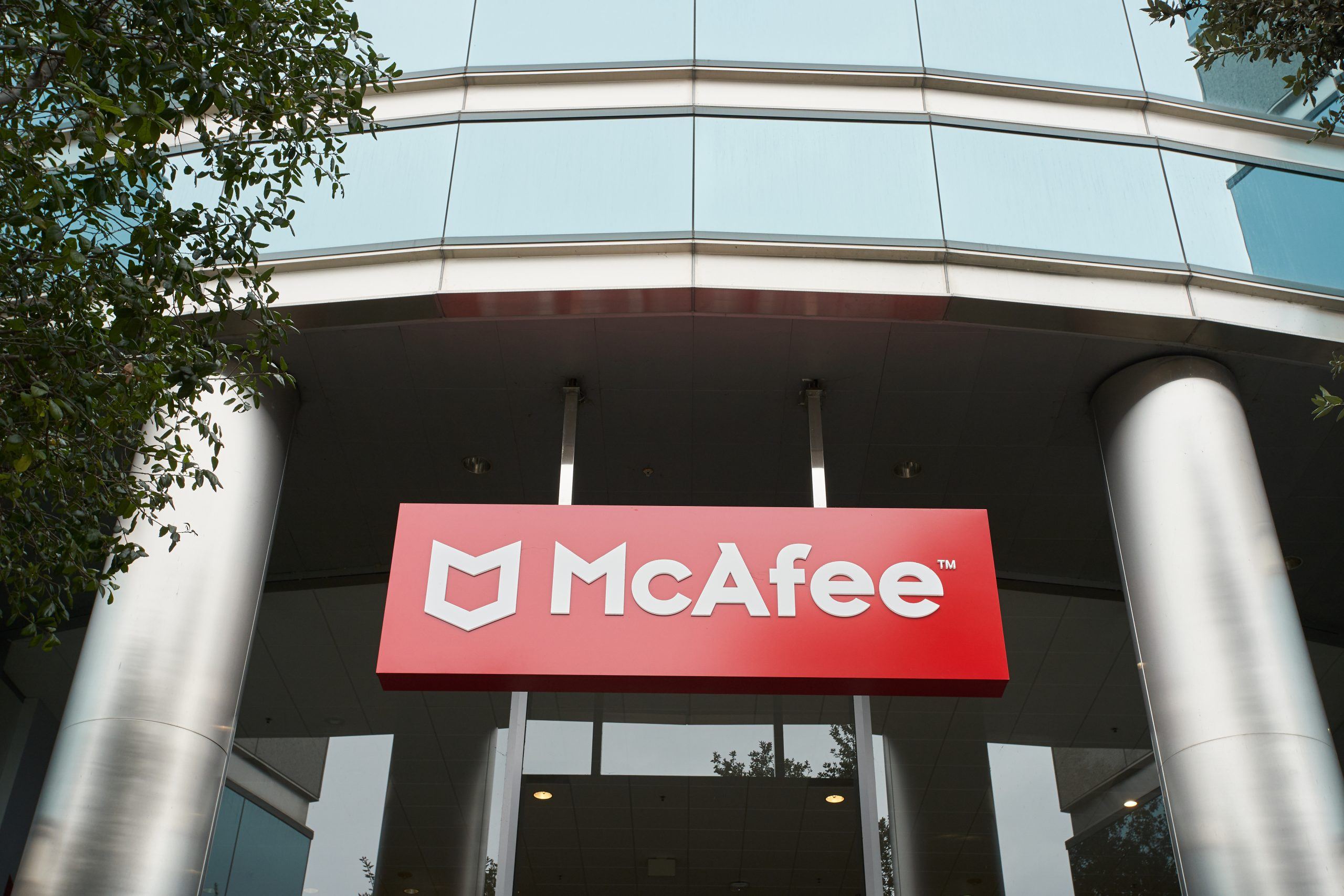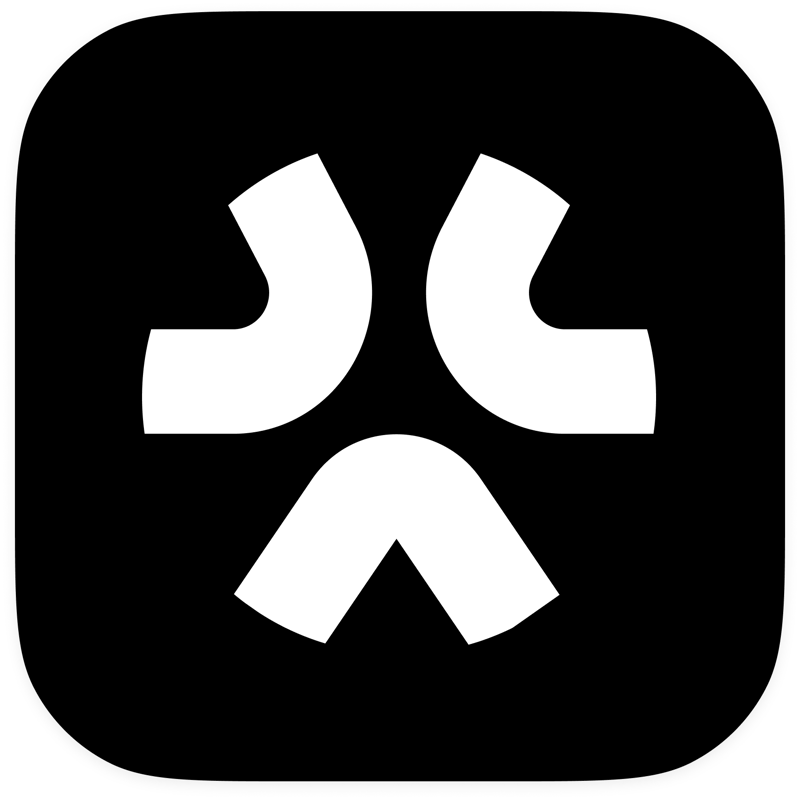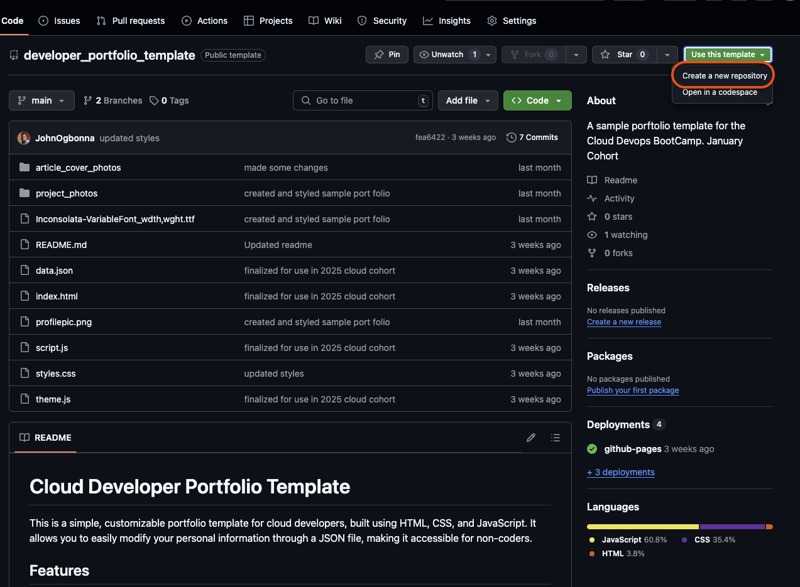The Importance of Clean Code
An Analysis of CleanTechAPI in Java and .NET Software development isn’t just about making things work—it’s about doing it right. Clean Code is a philosophy that prioritizes readability, maintainability, and scalability. In one of my projects, CleanTechAPI, I applied these principles to both Java (with Spring Boot) and C# (with .NET 8). Both are REST APIs for managing a catalog of futuristic gadgets, but they’re designed with distinct approaches: one for experienced developers and the other with a more intuitive focus. In this article, we’ll explore why clean code matters, how it’s reflected in the codebase, and the similarities and differences between these two technologies. Why Is Clean Code Important? Clean code isn’t a luxury—it’s a necessity. Well-written software reduces errors, eases collaboration, and saves time in the long run. For CleanTechAPI, I relied on principles like YAGNI (You Aren’t Gonna Need It), KISS (Keep It Simple, Stupid), DRY (Don’t Repeat Yourself), and SOLID to ensure the code is: Readable: Understandable at a glance. Maintainable: Easy to modify without breaking everything. Scalable: Ready to grow without becoming chaotic. These principles not only make my life as a developer easier but are also standards valued by architects and tech leads in real-world projects. CleanTechAPI: Two Approaches, One Goal JavaCleanTechAPI (Spring Boot) Purpose: Demonstrate a professional-grade REST API with Spring Boot, targeting advanced developers and architects. Features: Uses Clean Architecture, Maven, an in-memory H2 database, and Swagger for documentation. Includes an engaging endpoint (/products/trending) featuring futuristic gadgets like the "Quantum X Drone." AspCleanTechAPI (.NET 8) Purpose: Teach developers how to build a REST API with a more intuitive approach using C# and .NET 8, leveraging its integrated tooling and simplicity. Features: Implements Entity Framework Core (InMemory), Visual Studio as the IDE, and Newtonsoft.Json for streamlined serialization. Retains the same engaging endpoint but adapts it for accessibility. Both projects share a common core: applying clean code to solve a practical, interesting use case. How Is Clean Code Reflected in These Projects? Clean code isn’t just theory—it’s visible in concrete decisions. Here are some examples: 1. Separation of Concerns (SOLID - SRP) Java: @RestController @RequestMapping("/products") public class ProductController { private final ProductService service; @Autowired public ProductController(ProductService service) { this.service = service; } @GetMapping public List getAll() { return service.getAllProducts(); } } The controller only handles HTTP requests, delegating logic to the service layer. C#: [ApiController] [Route("products")] public class ProductController : ControllerBase { private readonly ProductService _service; public ProductController(ProductService service) => _service = service; [HttpGet] public ActionResult GetAll() => Ok(_service.GetAllProducts()); } Similar to Java, the controller is lightweight, with logic residing in ProductService. 2. Descriptive, Self-Documenting Names (KISS) Both use names like Product, ProductService, and getAllProducts, which explain their purpose without redundant comments. 3. Avoiding Duplication (DRY) Java: Data access logic is centralized in ProductRepository using Spring Data JPA. C#: ProductService reuses EF Core’s context for all operations. 4. Simplicity (YAGNI) Neither project includes unnecessary features like authentication, keeping the focus on the product catalog. Similarities Between Java and .NET in CleanTechAPI Despite different languages and frameworks, both projects share: Structure: Follow Clean Architecture with clear layers (models/domain, services/application, controllers/infrastructure). Dependency Injection: Decouples components seamlessly. Persistence: Use in-memory databases (H2 and EF Core InMemory) for simplicity. Documentation: Integrate Swagger for exploring endpoints like /products and /products/trending. Engaging Purpose: Both feature a futuristic use case to capture attention. Key Differences Between Java and .NET While the goal is the same, the implementations reflect each technology’s philosophy: Dependency Injection Spring Boot (Java): Uses @Autowired for automatic dependency injection via Spring’s IoC container. Example: @Autowired private ProductService service; More "magic" and flexible but requires understanding annotations. ASP.NET Core (C#): Explicitly registers services with IServiceCollection in Program.cs. Example: builder.Services.AddScoped(); And in the co

An Analysis of CleanTechAPI in Java and .NET
Software development isn’t just about making things work—it’s about doing it right. Clean Code is a philosophy that prioritizes readability, maintainability, and scalability. In one of my projects, CleanTechAPI, I applied these principles to both Java (with Spring Boot) and C# (with .NET 8). Both are REST APIs for managing a catalog of futuristic gadgets, but they’re designed with distinct approaches: one for experienced developers and the other with a more intuitive focus. In this article, we’ll explore why clean code matters, how it’s reflected in the codebase, and the similarities and differences between these two technologies.
Why Is Clean Code Important?
Clean code isn’t a luxury—it’s a necessity. Well-written software reduces errors, eases collaboration, and saves time in the long run. For CleanTechAPI, I relied on principles like YAGNI (You Aren’t Gonna Need It), KISS (Keep It Simple, Stupid), DRY (Don’t Repeat Yourself), and SOLID to ensure the code is:
- Readable: Understandable at a glance.
- Maintainable: Easy to modify without breaking everything.
- Scalable: Ready to grow without becoming chaotic.
These principles not only make my life as a developer easier but are also standards valued by architects and tech leads in real-world projects.
CleanTechAPI: Two Approaches, One Goal
JavaCleanTechAPI (Spring Boot)
- Purpose: Demonstrate a professional-grade REST API with Spring Boot, targeting advanced developers and architects.
-
Features: Uses Clean Architecture, Maven, an in-memory H2 database, and Swagger for documentation. Includes an engaging endpoint (
/products/trending) featuring futuristic gadgets like the "Quantum X Drone."
AspCleanTechAPI (.NET 8)
- Purpose: Teach developers how to build a REST API with a more intuitive approach using C# and .NET 8, leveraging its integrated tooling and simplicity.
- Features: Implements Entity Framework Core (InMemory), Visual Studio as the IDE, and Newtonsoft.Json for streamlined serialization. Retains the same engaging endpoint but adapts it for accessibility.
Both projects share a common core: applying clean code to solve a practical, interesting use case.
How Is Clean Code Reflected in These Projects?
Clean code isn’t just theory—it’s visible in concrete decisions. Here are some examples:
1. Separation of Concerns (SOLID - SRP)
- Java:
@RestController
@RequestMapping("/products")
public class ProductController {
private final ProductService service;
@Autowired
public ProductController(ProductService service) {
this.service = service;
}
@GetMapping
public List<Product> getAll() {
return service.getAllProducts();
}
}
-
The controller only handles HTTP requests, delegating logic to the service layer.
- C#:
[ApiController]
[Route("products")]
public class ProductController : ControllerBase
{
private readonly ProductService _service;
public ProductController(ProductService service) => _service = service;
[HttpGet]
public ActionResult<List<Product>> GetAll() => Ok(_service.GetAllProducts());
}
- Similar to Java, the controller is lightweight, with logic residing in
ProductService.
2. Descriptive, Self-Documenting Names (KISS)
- Both use names like
Product,ProductService, andgetAllProducts, which explain their purpose without redundant comments.
3. Avoiding Duplication (DRY)
-
Java: Data access logic is centralized in
ProductRepositoryusing Spring Data JPA. -
C#:
ProductServicereuses EF Core’s context for all operations.
4. Simplicity (YAGNI)
- Neither project includes unnecessary features like authentication, keeping the focus on the product catalog.
Similarities Between Java and .NET in CleanTechAPI
Despite different languages and frameworks, both projects share:
- Structure: Follow Clean Architecture with clear layers (models/domain, services/application, controllers/infrastructure).
- Dependency Injection: Decouples components seamlessly.
- Persistence: Use in-memory databases (H2 and EF Core InMemory) for simplicity.
-
Documentation: Integrate Swagger for exploring endpoints like
/productsand/products/trending. - Engaging Purpose: Both feature a futuristic use case to capture attention.
Key Differences Between Java and .NET
While the goal is the same, the implementations reflect each technology’s philosophy:
Dependency Injection
-
Spring Boot (Java):
- Uses
@Autowiredfor automatic dependency injection via Spring’s IoC container. - Example:
@Autowired private ProductService service;- More "magic" and flexible but requires understanding annotations.
- Uses
-
ASP.NET Core (C#):
- Explicitly registers services with
IServiceCollectioninProgram.cs. - Example:
builder.Services.AddScoped<ProductService>();And in the controller:
public ProductController(ProductService service) => _service = service;- More transparent and direct, leveraging .NET’s native integration.
- Explicitly registers services with
Other Differences
- Audience: Java targets professionals; .NET offers a more intuitive approach.
- Tools: Maven vs. .NET CLI; IntelliJ IDEA vs. Visual Studio.
- Serialization: Jackson (Java) is automatic; .NET requires tweaks (e.g., Newtonsoft.Json).
- Complexity: Java is more verbose/configurable; .NET is more integrated/accessible.
Conclusion
Clean code is the heart of CleanTechAPI, whether in Java or .NET. Both projects prove that principles like SOLID and DRY aren’t language-dependent—they’re about how we structure solutions. Java offers power and flexibility for complex projects, while .NET shines with its intuitive, streamlined approach. Ultimately, the goal is to write code that not only works but also inspires and is easy to maintain.
Want to see how it’s done? Check out the projects on GitHub:
- JavaCleanTechAPI: https://github.com/xsoto-developer/spring-clean-tech-api
- AspCleanTechAPI: https://github.com/xsoto-developer/asp-clean-tech-api
Explore, learn, and share your thoughts!
This article is also available in: Spanish











































































































































































![[The AI Show Episode 143]: ChatGPT Revenue Surge, New AGI Timelines, Amazon’s AI Agent, Claude for Education, Model Context Protocol & LLMs Pass the Turing Test](https://www.marketingaiinstitute.com/hubfs/ep%20143%20cover.png)













































































































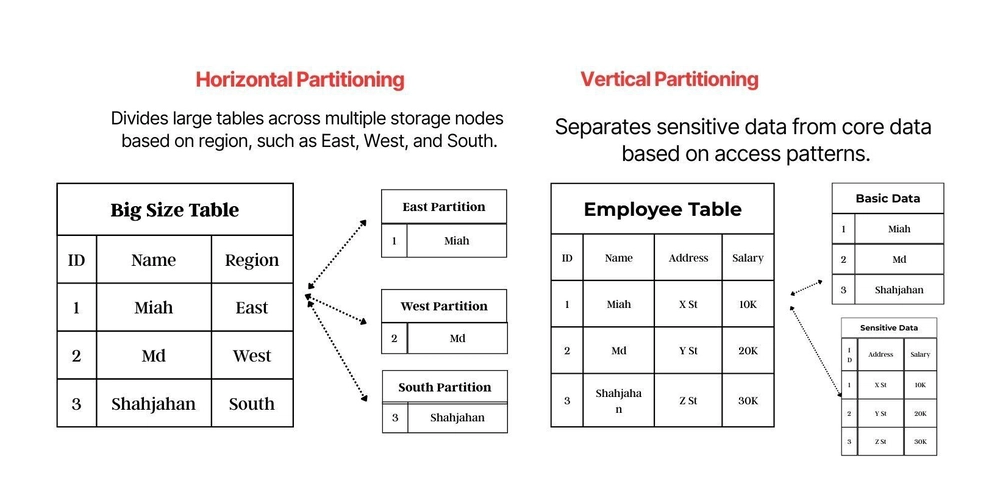
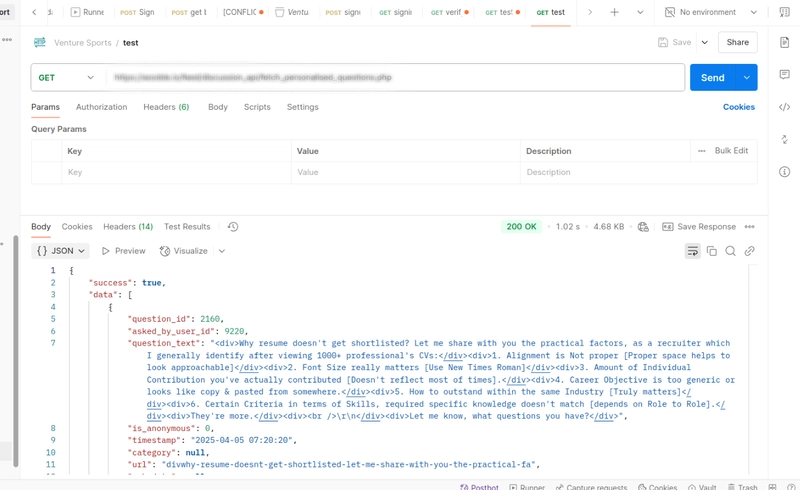










![[DEALS] Microsoft Visual Studio Professional 2022 + The Premium Learn to Code Certification Bundle (97% off) & Other Deals Up To 98% Off](https://www.javacodegeeks.com/wp-content/uploads/2012/12/jcg-logo.jpg)



![From Accountant to Data Engineer with Alyson La [Podcast #168]](https://cdn.hashnode.com/res/hashnode/image/upload/v1744420903260/fae4b593-d653-41eb-b70b-031591aa2f35.png?#)








































































































.png?#)
























































































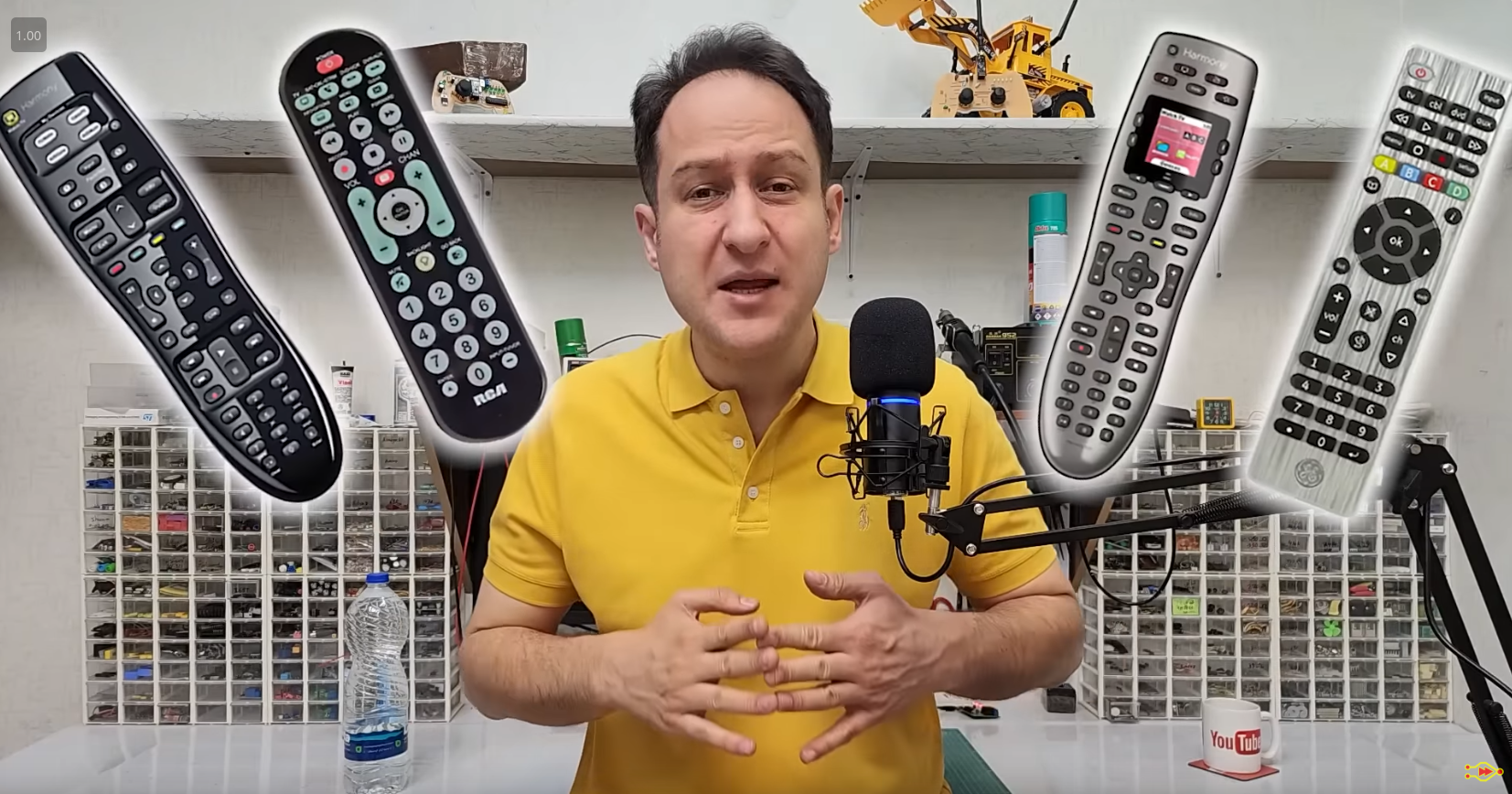

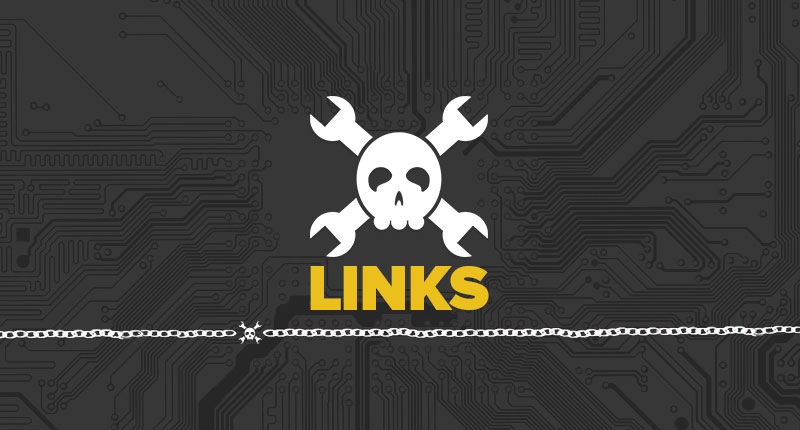

































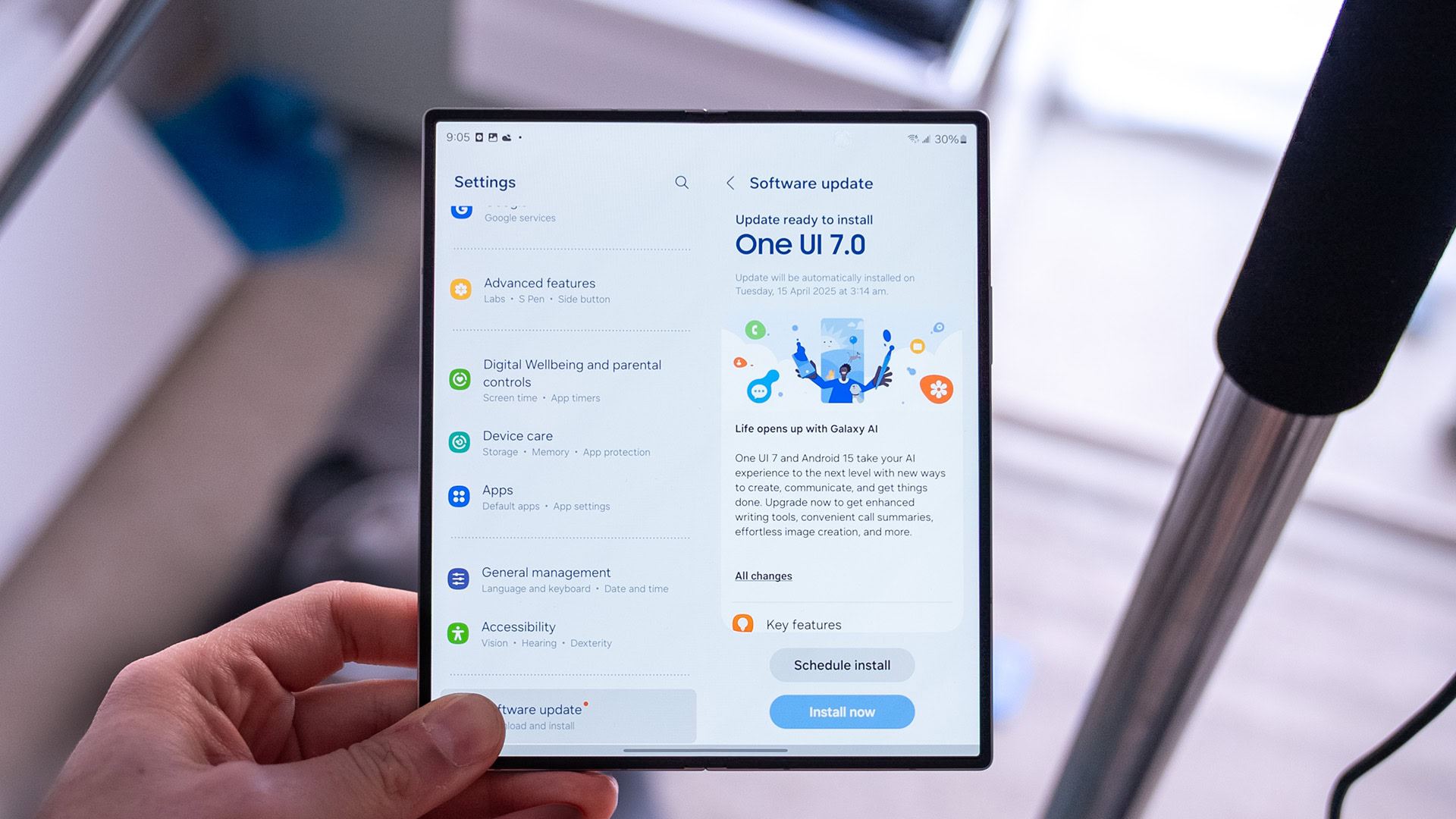







![What Google Messages features are rolling out [April 2025]](https://i0.wp.com/9to5google.com/wp-content/uploads/sites/4/2023/12/google-messages-name-cover.png?resize=1200%2C628&quality=82&strip=all&ssl=1)









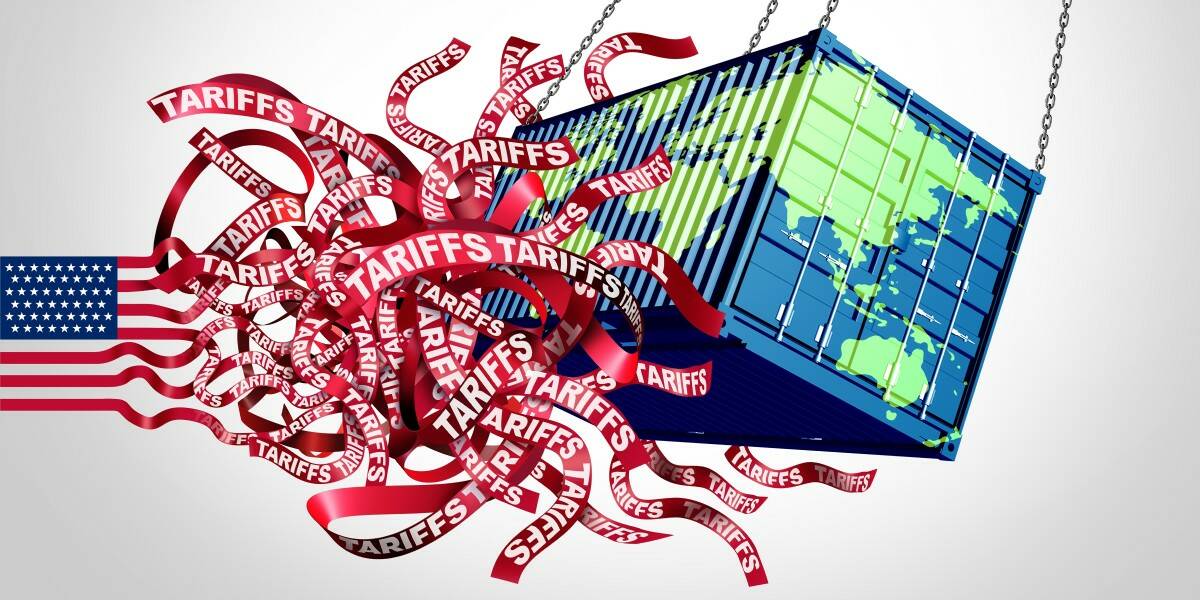

![iPadOS 19 Will Be More Like macOS [Gurman]](https://www.iclarified.com/images/news/97001/97001/97001-640.jpg)
![Apple TV+ Summer Preview 2025 [Video]](https://www.iclarified.com/images/news/96999/96999/96999-640.jpg)
![Apple Watch SE 2 On Sale for Just $169.97 [Deal]](https://www.iclarified.com/images/news/96996/96996/96996-640.jpg)


















































